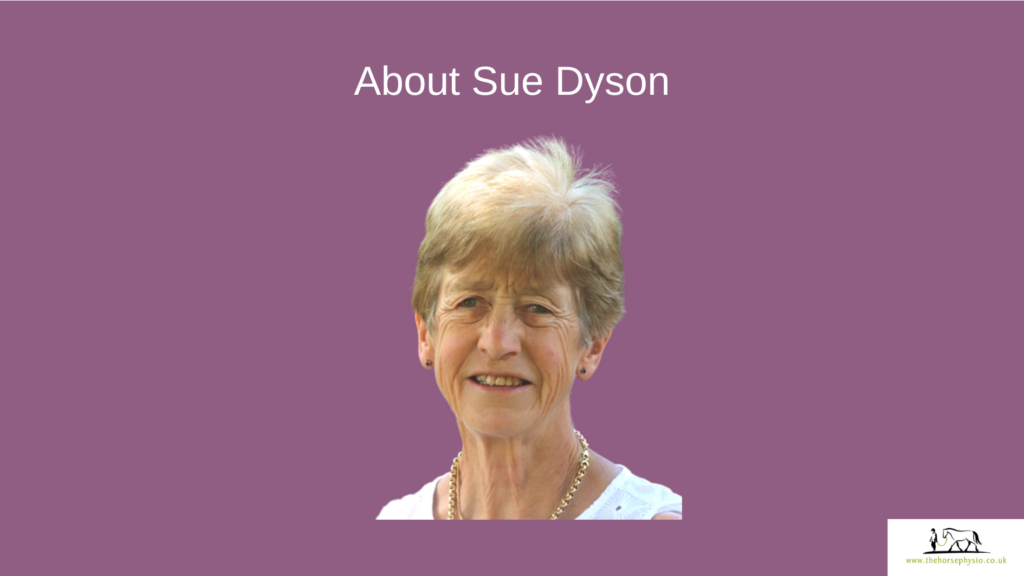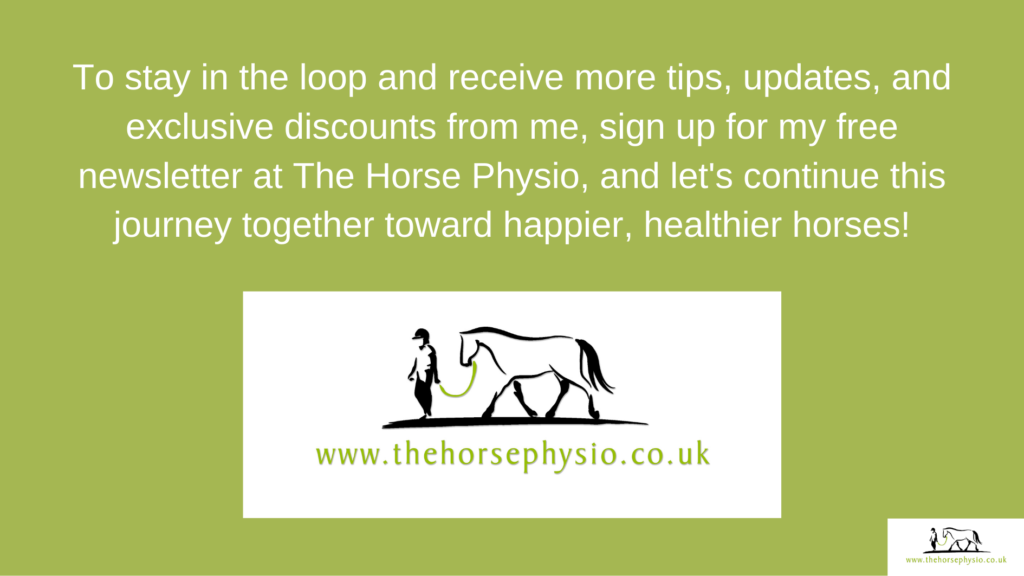For new, views, and exclusive deals, subscribe to our free newsletter.
If you prefer to watch or listen, please click on the video above. If you prefer to read, please keep scrolling.
The importance of a trusted team
The famous line in the John Donne poem, No Man is an Island, says: “No man is an island, entire of itself; every man is a piece of the continent, a part of the main.” Horses can be curiously isolating and make you feel as though you are battling your problems alone. Essentially, they are not a team sport in that the focus is the relationship between you and your horse. It can be easy to feel alone in this relationship, especially when it is not going well. Some livery yards can be welcoming and supportive and provide a good base for a team environment, whilst others sadly are not. People lucky enough to keep their horses at home can feel surprisingly lonely, without anyone to turn to for help or advice. Creating a good team to work with you will be beneficial on all levels. In the groundbreaking book Harmonious Horsemanship, asking a friend to video your horse once a month is recommended so you can do your RHpE, Ridden Horse Pain Ethogram, score. Even creating a regular get-together with a friend can help us feel supported and encouraged in our relationship with our horse.

Working together equals working better
In the best cases, professionals work together to ensure the horse is happy and healthy. Communication between trainer, vet, physio, and farrier is essential to identify a common goal and solve problems in unison. You can change professionals if you don’t feel like they are working together as a team. While professionals today generally encourage and support each other, there are still some out there who feel the need to write off the advice of others. It is up to you to put together the best team to help your horse. Don’t feel pressured by a yard to use their choices, if you have good existing relationships, you need to choose the best team for you and your horse.
For new, views, and exclusive deals, subscribe to our free newsletter.
Using the RHpE as part of a team
The RHpE is a fantastic tool to help your team work together. The RHpE consists of 24 behaviours that can be seen in ridden horses. If your horse scores more than 8 out of 24, then it is likely that he is experiencing musculoskeletal pain. Using the RHpE regularly gives you an incredible insight into the physical health of your horse. Not only does it help you, but it can also help your team of professionals. If your horse has a high RHpE score and is being treated by professionals, you can use the RHpE to monitor change. Even without a high score, seeing the effects of change can still be helpful. For example, your farrier may have suggested altering the type of shoes that your horse is wearing. If the RHpE score drops from a 6 to a 4, you could conclude that your horse is happier with his new shoes. If your horse’s RHpE suddenly shoots up, having regular data will enable you to show the change to your vet, who can investigate further. The RHpE is extremely useful when a horse is not presenting with typical lameness. As a professional, the RHpE can give you valuable feedback from the horse; you can also include it in your toolbox to monitor and assess the horses you work with.

All horses are athletes
Whilst many people who compete at a high level will have a team of professionals, pleasure riders can feel that their horses don’t need the same level of treatment. But all horses are athletes. Just carrying a rider puts pressure on the horse’s musculoskeletal system. Think of the last time you gave someone a piggyback and how difficult it was. Like an elite performance horse, your horse hacking through the forest is still subject to strains and pressures. He will still benefit from the RHpE and a team of trusted professionals.
Learn more about RHpE today
Dr. Sue Dyson developed the RHpE to provide a framework for people to assess their horse’s pain. The book Harmonious Horsemanship was written by Dr Sue Dyson and Sue Palmer, MSCP, to explain how the RHpE was developed and how best to use the RHpE on your horses. You can order your book from the Harmonious Horsemanship website and enjoy the resources and articles available here. As horse owners and lovers, we are advocates for their health and well-being. It can be hard to interpret what our horses are saying through their behaviour. This inspirational book provides a scientifically validated framework to understand what our horses tell us.
For new, views, and exclusive deals, subscribe to our free newsletter.

About Harmonious Horsemanship: Use of the Ridden Horse Ethogram to Optimise Potential, Partnership and Performance
All too often, pain in ridden horses is labelled as ‘bad’ behaviour. The apparently ‘sound’ horse is ‘naughty’, ‘lazy’, ‘difficult’, ‘explosive’, ‘spooky’, ‘nappy’, and more. These labels are wrong. Pain impacts all aspects of a horse’s performance, including its partnership with the rider, and its potential to progress. It does not always create lameness. Relieving pain can lead to improved performance, a deeper partnership, and greater potential.
In ‘Harmonious horsemanship: Use of the Ridden Horse Ethogram to Optimise Potential, Partnership and Performance’, veterinarian Dr Sue Dyson and Chartered Physiotherapist Sue Palmer MCSP share their professional knowledge and experience. You will learn how to use a checklist of 24 behaviours to check for musculoskeletal pain in the ridden horse. The book includes a gripping mix of research studies, contributions from industry experts, and real life case studies. Only through first recognising pain can we then address it through accurate assessment, diagnosis and treatment.
This book, full of practical tools and backed by solid science, teaches you how to use ridden behaviour to recognise the subtle signs of pain, even in horses that appear to be sound. It is for anyone who cares about the horse, whether you are an interested amateur owner or an experienced equestrian professional.
Together, we can make the world a better place for horses.

About Sue Dyson
Sue Dyson qualified as a veterinarian from the University of Cambridge in 1980. After an internship at the University of Pennsylvania and a year in private equine practice in Pennsylvania, Sue returned to Great Britain to the Animal Health Trust, Newmarket. Sue ran a clinical referral service for lameness and poor performance, attracting clients from all over the United Kingdom, Ireland and continental Europe for 37 years. From 2019 she has worked as an independent consultant, combining her horsemanship skills with her previous veterinary experience, with the aim of maximising performance potential.
Sue’s key interests are improving the diagnosis of lameness and poor performance and maximising the opportunity for horses to fulfil their athletic potential at whatever level, taking a holistic approach to the horse, rider and tack combination, and improving approaches to diagnosis and management. She has been involved not only in providing clinical services, but also clinically relevant research and education. Sue is co-editor, with Mike Ross, of Diagnosis and Management of Lameness in the Horse and co-author of Clinical Radiology of the Horse and Equine Scintigraphy. She has published more than 370 papers in peer reviewed journals concerning lameness and diagnostic imaging and has lectured worldwide to veterinarians, paraprofessionals, coaches, riders and judges.
Sue is a former President of the British Equine Veterinary Association and is currently scientific advisor to the Saddle Research Trust and Moorcroft Rehabilitation Centre. Sue is also a rider, and has produced horses from novice to top national level in both eventing and show jumping. Sue holds the Instructors and Stable Managers Certificates of the British Horse Society (BHSI).

About Sue Palmer
Sue Palmer MCSP, aka The Horse Physio, is an award-winning author, educator, and Chartered Physiotherapist. Sue specialises in understanding the links between equine pain and behaviour, focusing on prevention, partnership and performance. She promotes the kind and fair treatment of horses through empathetic education, and is registered with the RAMP, the ACPAT, the IHA, the CSP and the HCPC.
You can find The Horse Physio on the web, on Facebook, on Instagram, and on YouTube.

Thank you
Thank you for your interest in this post; we appreciate your time and are grateful you chose to spend it with us. If you found value in this article, please also take a moment to subscribe to The Horse Physio newsletter. Your support means the world to us, and it helps us continue creating content that matters to you.

